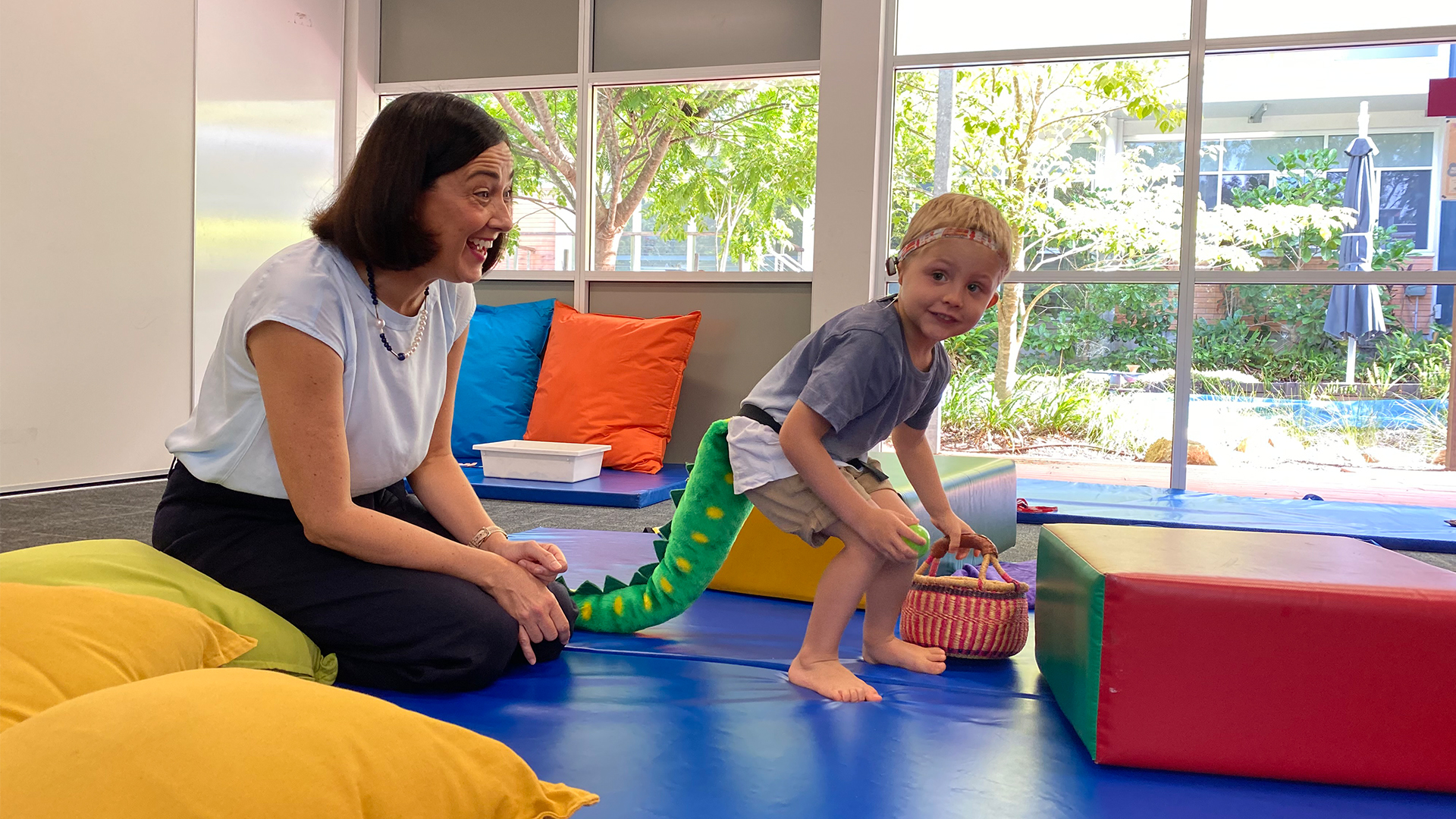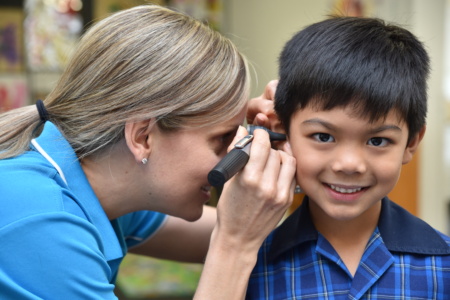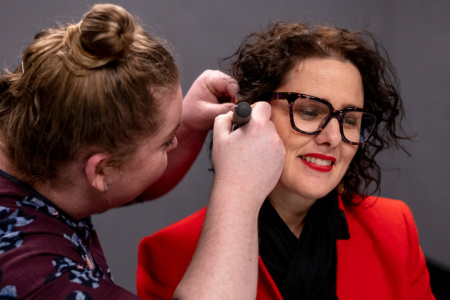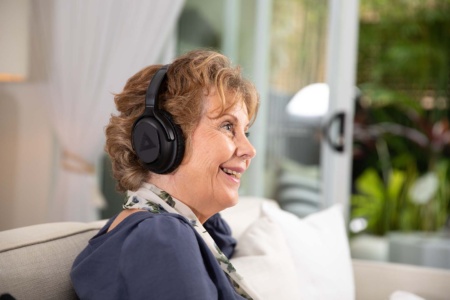Knowing what exactly occupational therapy (OT) is or its potential benefits for your child can be difficult. It’s common for children with hearing loss to experience sensory or motor difficulties (Nandi and Luxon, 2008) because the vestibular system which is responsible for your sense of balance and movement is located in the inner ear, and may also be implicated when there is hearing loss. The vestibular system plays an important role in a child’s motor skill development including balance, core stability, muscle tone and coordination of both sides of the body.
To help explain the benefits of occupational therapy for children with hearing loss and their families, we sat down with occupational therapist, Leisa Chapman.
“My role at Hear and Say is to be part of the allied health team to holistically monitor the development of the children we see in our programmes. We aim to identify potential issues as early as possible and then provide targeted strategies which help children to thrive in their everyday settings,” said Leisa.
“Parents may become concerned when they notice that their child has been slower to reach some of their gross and fine motor milestones. For example, their child may be taking longer to learn how to crawl, walk, jump or climb on playground equipment. They may also notice that their child has difficulty using their hands for play and self-care activities such as holding cutlery at mealtimes, holding a pencil for drawing and writing activities or learning to cut with scissors.”

“Another area that parents may be concerned about is their child’s ability to settle and focus on play and early learning activities. Children need to be able to control their bodies so that they can sit stably to attend and listen. They also need to be able to screen sensory input so that they can focus on what is relevant in a particular situation.”
“Following an assessment to identify areas of difficulty, an occupational therapist will then work with a child and their family to establish goals for therapy. Occupational therapy may occur face to face or via telehealth. The aim of therapy is to have the child being able to participate in their activities of daily living and play the same as their siblings and peers.”
References
Nandi, R and Luxon, LM (2008) Development and Assessment of the Vestibular System. International Journal Of Audiology 47: 566-577.
Find out more about occupational therapy at Hear and Say









